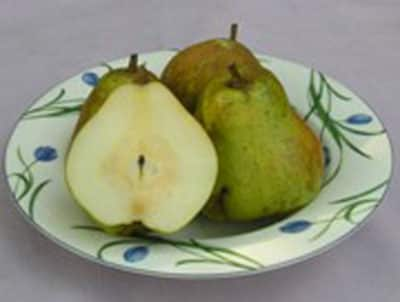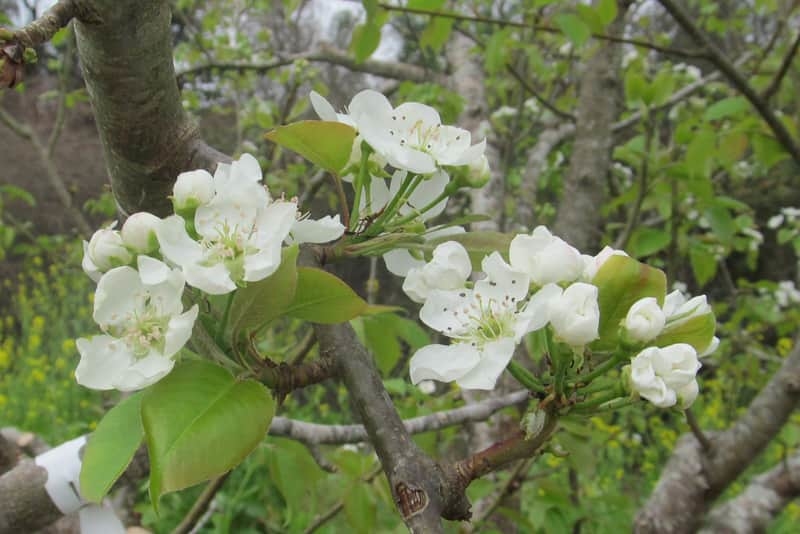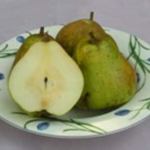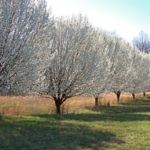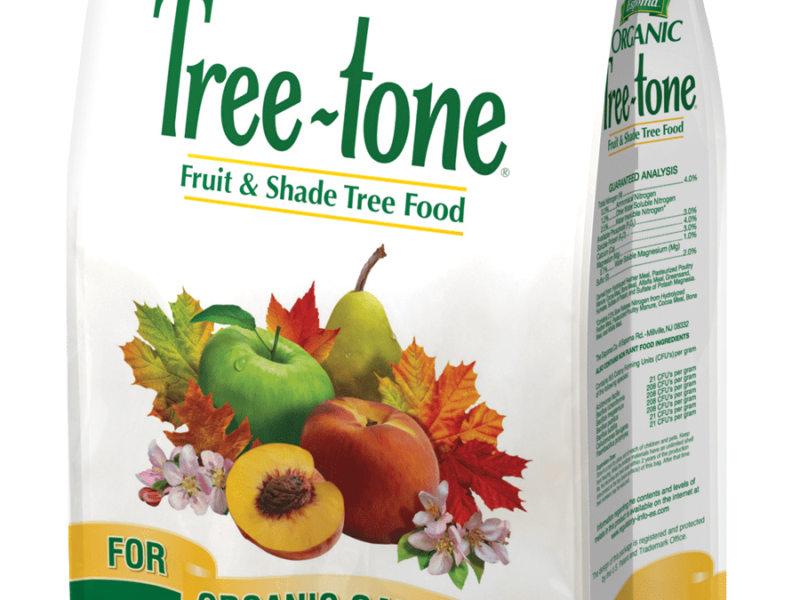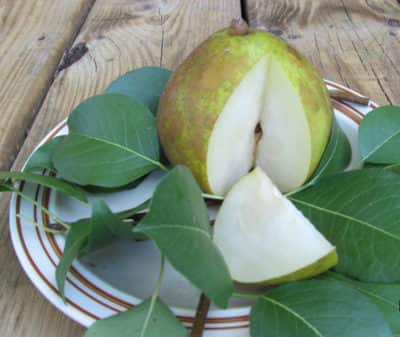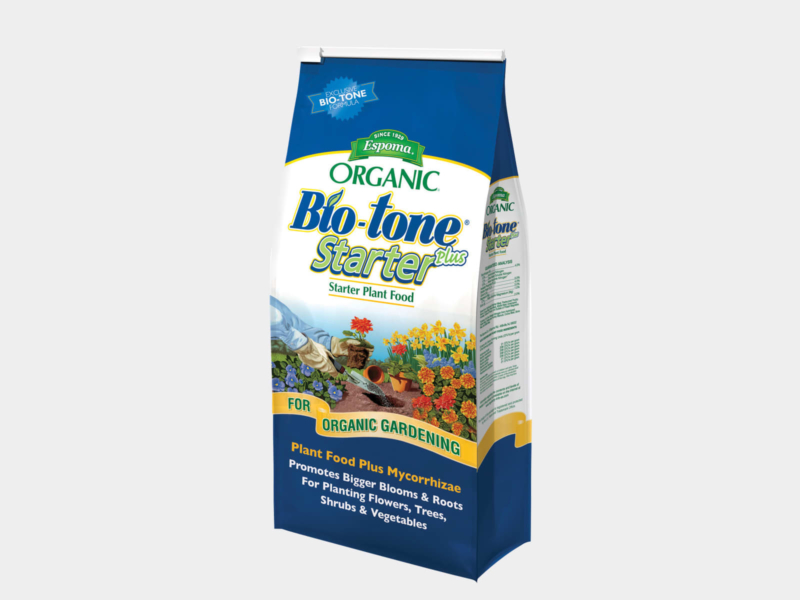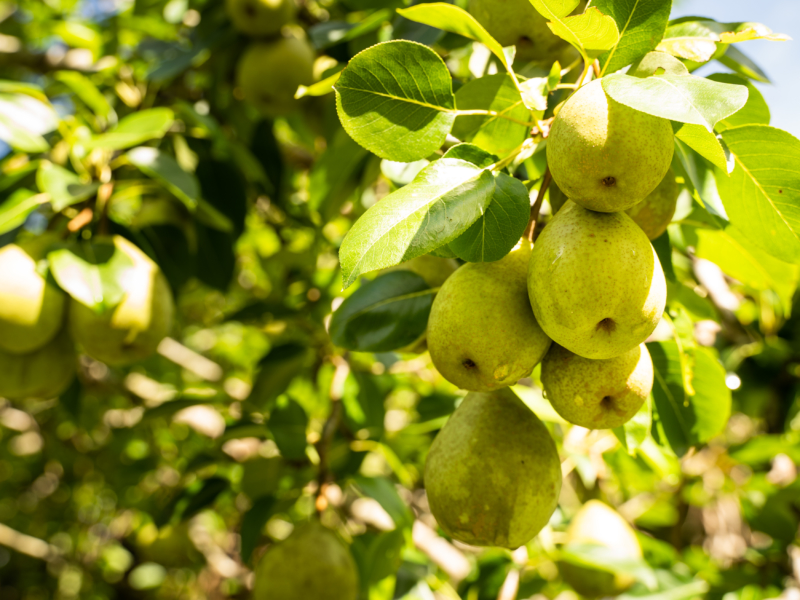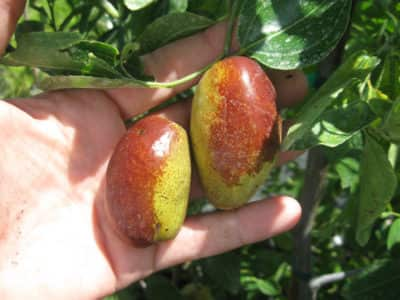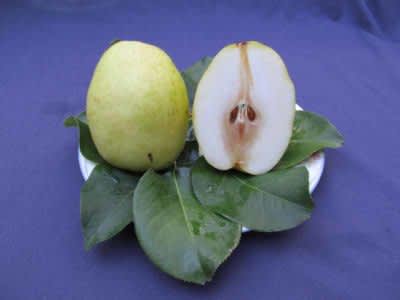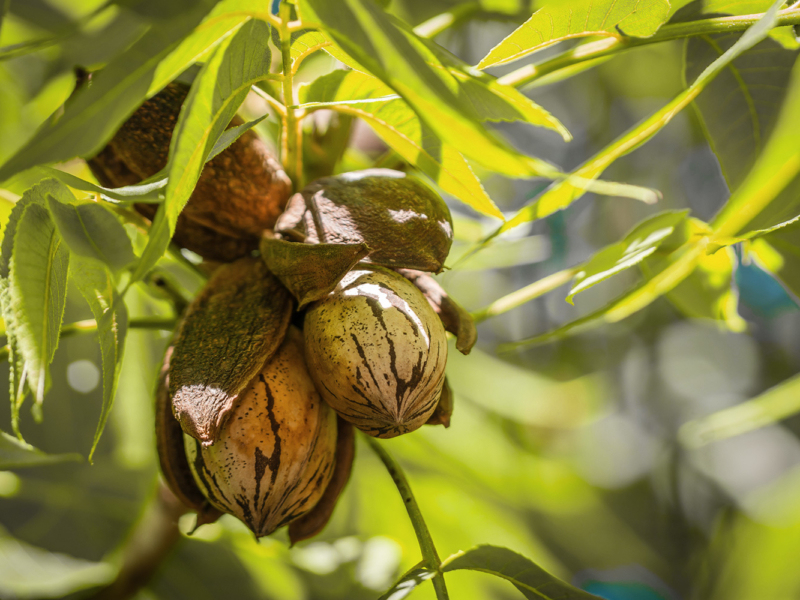Recommended Fertilizers
Starter Fertilizer: Kickstart with Espoma Organic Bio-tone® Starter Plus. This potent blend boosts root mass and aids in mitigating transplant shock, ensuring your plants thrive in their new home.
Maintenance Fertilizer: For continued growth and fruit production, we recommend Espoma Organic Tree-tone Fertilizer. Designed specifically for fruit trees, this balanced formula nourishes your plants, promoting vibrant growth and bountiful harvests.
Fruitscaping™ with Pear Trees
Dive into the world of Fruitscaping™ with our versatile selection of Pear Trees. Whether you’re looking for the crisp, refreshing flavors of Asian varieties, the traditional juicy delight of Soft pear types, or the firm and tantalizing Hard pear species, we have something to satisfy every palate.
Pear trees are reliable performers that bring beauty, flavor, and a touch of elegance to any garden. Perfectly suited for organic gardening, pear trees are resilient to pests and diseases and require little maintenance, promising bountiful harvests with minimal effort.
These trees appreciate well-drained, loamy soil, rich in organic matter, and they can adapt to a wide range of pH balances, from slightly acidic to slightly alkaline conditions. Pear trees also relish sun-soaked locations, requiring at least six hours of direct sunlight each day to maximize fruit production.
Whether standing alone as a spectacular centerpiece or coupled with other fruit trees, berry bushes, and beneficial flowering plants, pear trees enrich your Fruitscaping™ vision. Their charming white blossoms provide a spring spectacle, inviting pollinators and enhancing the vitality of your garden ecosystem.
Pear trees’ adaptable nature extends to their form and training. Shape them into an elegant espalier against a wall or let them grow into their natural, majestic shape. Either way, pear trees present a year-round visual treat.
Your Fruitscaping™ adventure with our Pear Trees is sure to be a rewarding one. From the planting phase through to the satisfaction of biting into a homegrown pear, this journey is filled with enjoyment, fulfillment, and life’s simple pleasures. With our Asian, Soft, and Hard Pear Trees, taste the sweet fruits of your labor and let nature’s bounty enrich your life.
Growing Guides
You can find many planting & care guides on our growing guides page.

